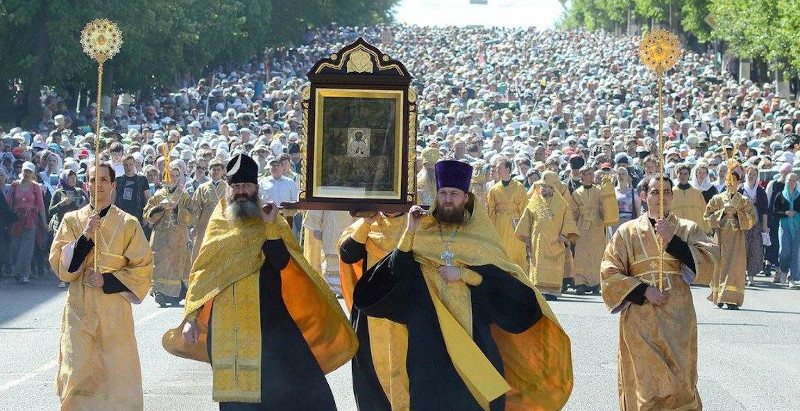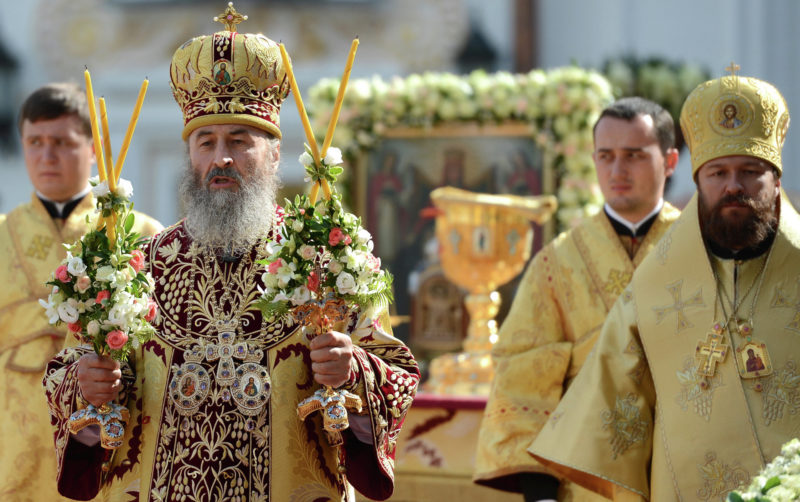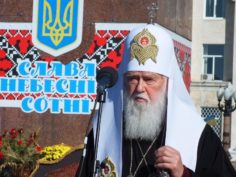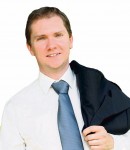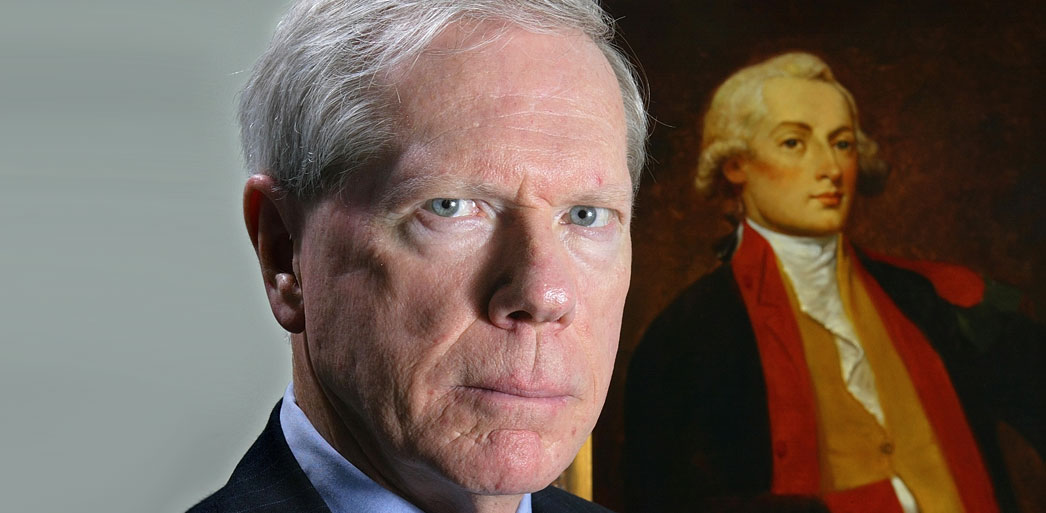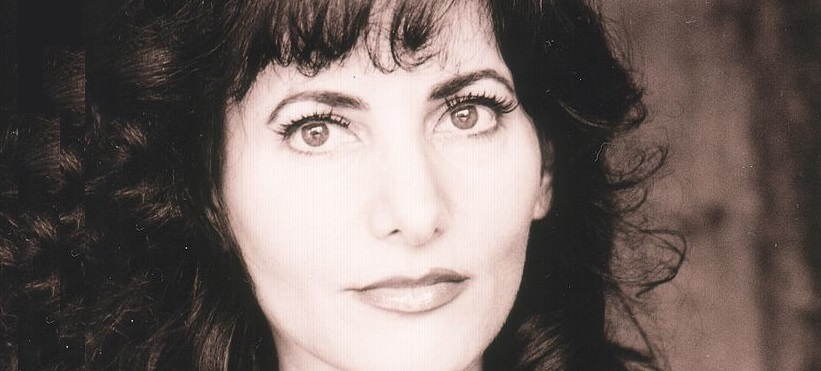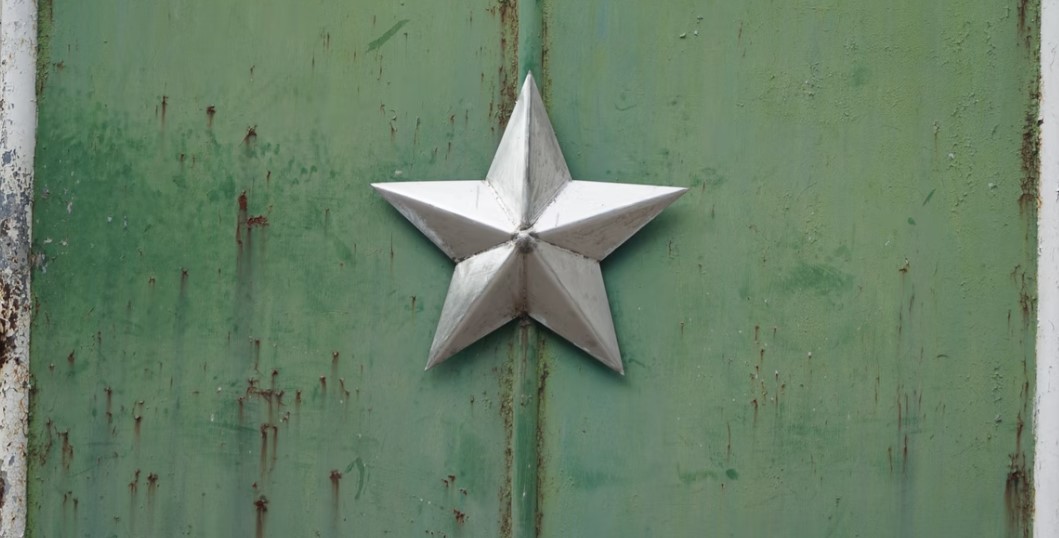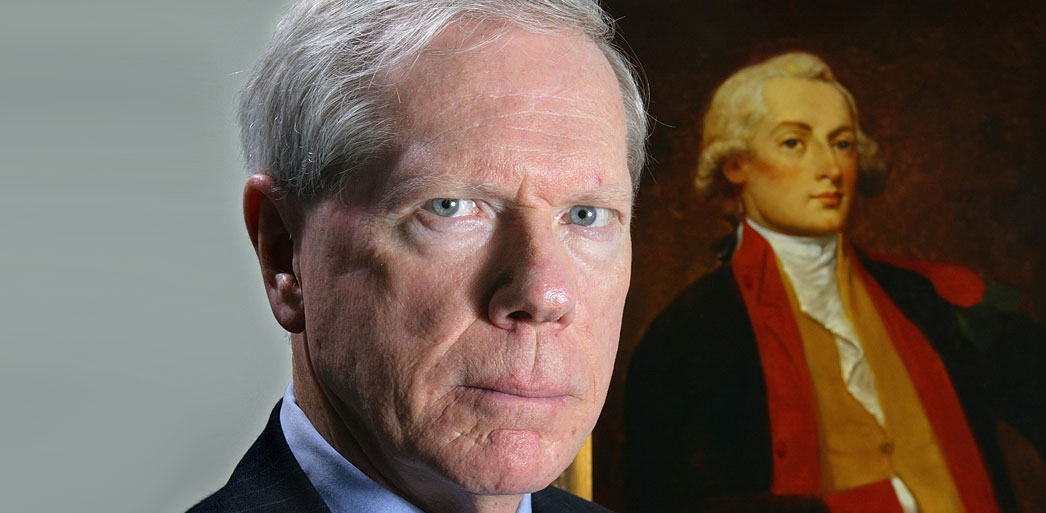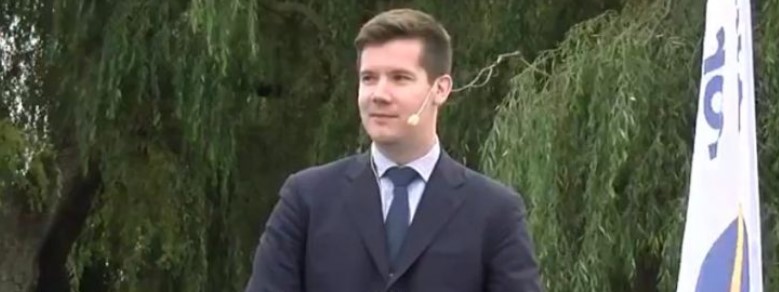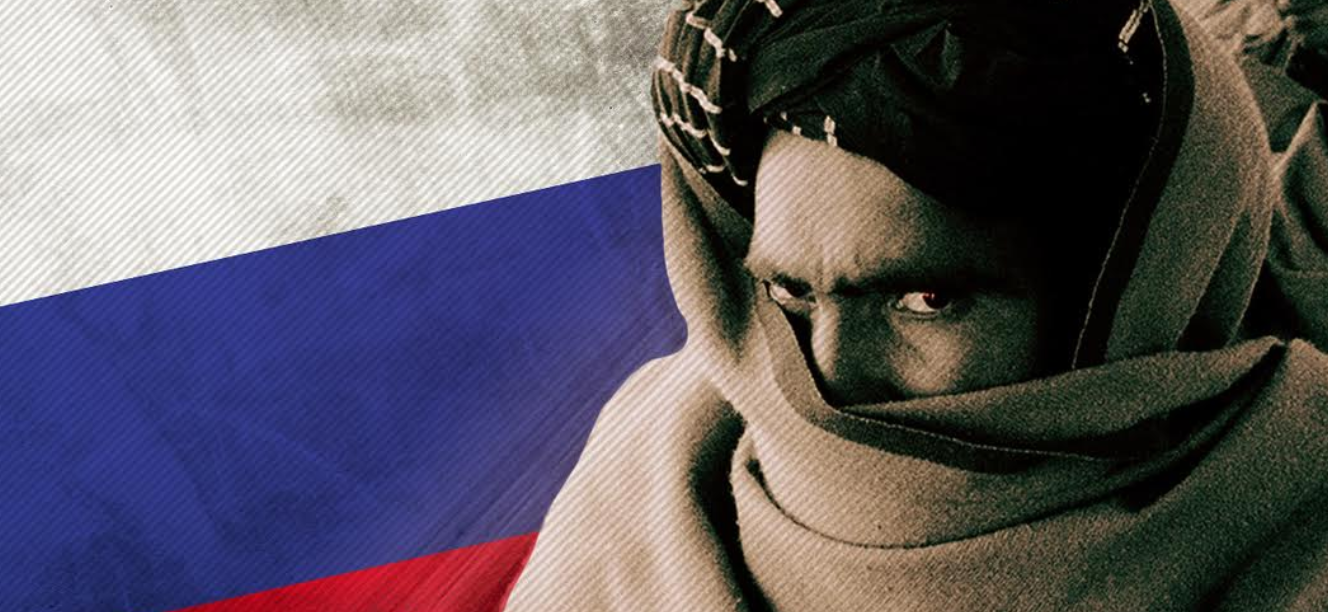Desecularization is a process characteristic of the postmodern world. Things are now changing. Compulsory secular education, atheism as an ethical norm and a strictly left-liberal media agenda are becoming a thing of the past – at least outside of the West. In the Middle East, Africa and Latin America, the religious factor is playing an increasing role in domestic and foreign policy. The extremist Wahhabi jihadists even created they own theocratic Califate, the position of the Jewish Orthodoxy plays a key role in the internal political agenda of Israel, and Recep Erdogan again makes Hagia Sophia a mosque – and thus gains the necessary percentage of support among the Turks.
Today, it is almost impossible to predict the development of the Palestinian-Israeli, Armenian-Azerbaijani or Pakistani-Indian conflicts without taking into account the religious factor. There is another example that I would like to focus on, one that analysts rarely pay attention to. It is the Russian-Ukrainian conflict, in which the religious factor also plays a major role – although they share a common Orthodox church that few thought would be possible to split.
For the majority of the inhabitants of the post-Soviet Slavic countries, Orthodox identity remains the core of national identity. According to polls, the Churches in Ukraine and Russia are much more trusted than politicians or, for example, the army. A striking example is the All-Ukrainian Orthodox religious procession (a special type of religious manifestation in the form of a long, sometimes many-day, peaceful march with prayers and religious paraphernalia) “For peace, love and prayer for Ukraine”, which took place from July 3 to July 27, 2016 in different cities of Ukraine and was timed to the Day of the Baptism of Rus. The canonical Ukrainian Orthodox Church of the Moscow Patriarchate gathered up to hundreds of thousands of believers for it – this is more than at the peak of the Independence demonstrations on the Maidan in 2014, when a coup d’etat took place in the country.
Also at the end of July but this year, another large rally of Orthodox Christians took place in Kiev, where the slogans “Satan rules Ukraine!”, “Let’s return the cross to Hagia Sophia” and so on were heard. We will not understand the meaning of these events within the framework of the secular political paradigm.
This article can be taken as the most general introduction to the topic, in order to clarify in general terms the lines of confrontation based on religious principles in Ukraine.
First, a few introductory explanations about world Orthodoxy. The Orthodox Church, constituted by the community of local Churches – autocephalous (that is, autonomous), considers itself to be the one holy catholic and apostolic Church. Each autocephalous church is independent and autonomous in the affairs of its administration from other local churches, but is one with them in doctrine and abides with them in liturgical (Eucharistic) communion. Unlike the Catholic Church, the Orthodox do not have a single head.
There are currently 15 such recognized Orthodox churches: Constantinople, Alexandria, Antioch, Jerusalem, Russian, Georgian, Serbian, Romanian, Bulgarian, Cypriot, Greek, Albanian, Polish, as well as the Orthodox Church of America and the Orthodox Church of the Czech lands and Slovakia. “The first among equals” is considered to be Constantinople, which at the same time is one of the smallest and most dependent (from the United States, where almost half of all parishioners are located and where constant financial support comes from, as well as from Turkey, where the permanent residence of the Patriarch of the Church of Constantinople is located – Bartholomew. Also, most of the clergy have Turkish citizenship).
However, back to Ukraine. In the Orthodox Church, as in the Catholic Church, it is not the democratic principle of uniting communities of believers that is of fundamental importance, but apostolic succession. Therefore, if it is more important for believers to live in communion with God than political attitudes, it is essential to adhere to the traditional Orthodox Church. After the fall of the Russian Empire, there was only one such Church on the territory of the Soviet Union – the Russian Orthodox Church of the Moscow Patriarchate, not counting the autocephalous church of Georgia.
On the territory of the Ukrainian Soviet Socialist Republic, as part of the USSR, there was also the Ukrainian Greek Catholic Church – a local Catholic church of the Byzantine rite, created in the Commonwealth as a result of the Union of Brest in 1596. Most of the Greek Catholics (up to 4 million believers) live in the western regions of Ukraine. Because of this, the tendencies of Ukrainian nationalism are traditionally strong in it.
Nevertheless, the overwhelming majority of believers on the territory of Ukraine are active parishioners or associate themselves at the cultural level with Orthodoxy. However, with the collapse of the Soviet Union, the political elites of the newly formed Ukrainian state began to attempt a total break with the Russian Orthodox Church, ROC. Until 1990, the so-called exarchates existed on the territory of the Byelorussian and Ukrainian SSR – church jurisdictions subordinate to the Moscow Patriarchate of the ROC. On January 30-31, 1990, the Council of Bishops of the Russian Orthodox Church adopted the “Regulations on the Exarchates”, which provided the Ukrainian and Belarusian exarchates with the right of complete self-government, distribution of finances, etc., not counting only theological issues that were assigned to the competence of the General Council. Also, with the consent of the Moscow Patriarchate, the Ukrainian Exarchate received the right to be called an independent church. The Ukrainian Orthodox Church of the Moscow Patriarchate (UOC-MP), which still exists to this day, was formed, numbering the overwhelming majority of believers.
At the same time, a schism began within the Orthodox Church. In 1990-1992, the head of the UOC-MP was Metropolitan Filaret (Denisenko). On May 27, 1992, the Bishops’ Council of the UOC-MP deposed Filaret for schismatic activity and elected Vladimir (Sabodan) Metropolitan of Kiev and All Ukraine.
Filaret harboured a grudge. He acquired the support of anti-Russian nationalists and established contacts with another Orthodox sect – the Ukrainian Autocephalous Orthodox Church. With this insignificant supporter, he held an “alternative” nationalist Council only one month after his deposal, at which he was appointed patriarch of the so-called unauthorized “Ukrainian Orthodox Church of the Kiev Patriarchate”, which historically never existed and which was not recognized by any of the local Orthodox churches. In fact, a semblance of a Protestant sect was formed. At the same time, in the 90s, Filaret began to look for ways to court the Patriarchate of Constantinople, which could theoretically grant the small break away sect the legitimate status of autocephaly.
Seeing the dangerous tendencies and the desire for self-government, the Moscow Patriarchate granted full autonomy to the UOC-MP. At the Council of the ROC, which was attended by all the ruling bishops of the UOC, a special definition was adopted: ”To confirm the status of independence and self-rule of the Ukrainian Orthodox Church, which received the rights of broad autonomy according to the definition of the Bishops’ Council of the Russian Orthodox Church in 1990”. It would seem that Ukrainian anti-Russian sentiment should have calmed down after this.
However, the political ambitions that guided the political elites of Ukraine after the “Colour revolution” of 2014 prevailed. In April, 2018, the government of President Petro Poroshenko decided to go for a total break. The President personally and the Verkhovna Rada (Ukrainian parliament) appealed to the Patriarchate of Constantinople to get a so-called tomos – a special certificate of autocephaly of the church – for the two non-canonical structures operating in the country; the Kyiv Patriarchate and the Ukrainian Autocephalous Orthodox Church. The request violated the fundamental provision of the Ukrainian constitution on non-interference of the state in the affairs of the Church.
UOC-MP, which is the most numerous and canonical, did not apply to Constantinople for such status.
The Patriarchate of Constantinople granted this request. In 2019, as part of his election campaign, Poroshenko presented the tomos as one of his main achievements. As part of his election campaign, Poroshenko even organized a so-called “tomos-tour”, where he travelled to the regions of Ukraine and demonstrated this tomos, which he had brought from Constantinople (today’s Istanbul).
Contrary to Poroshenko’s expectations, there was no mass exodus of believers from UOC-MP to the newly established church. At the same time, the seizures of Orthodox churches and monasteries of the UOC-MP by armed nationalists supported by the West, who received the highest ”blessing” from the pro-American Patriarchate of Constantinople and the post-Maidan authorities, continue throughout Ukraine. Completely independent from Moscow, the Ukrainian Orthodox Church of the Moscow Patriarchate remains the leading confessional group, serving year after year on a peacekeeping mission in southern Ukraine, where the Ukrainian army is fighting against local rebels who demand autonomy.
What the presidency of Volodymyr Zelenskyy will bring, we don’t know yet. Will the pendulum of Ukrainian politics return towards integration with Russia? In such a case, a common religious identity will become the ideological foundation of a peaceful “reconquest” of Russia in the common civilizational space of Ukraine and Russia. This is well understood by the pro-Western elites of Ukraine, so the power and media pressure on the canonical Orthodox Church will only intensify in the coming years.
